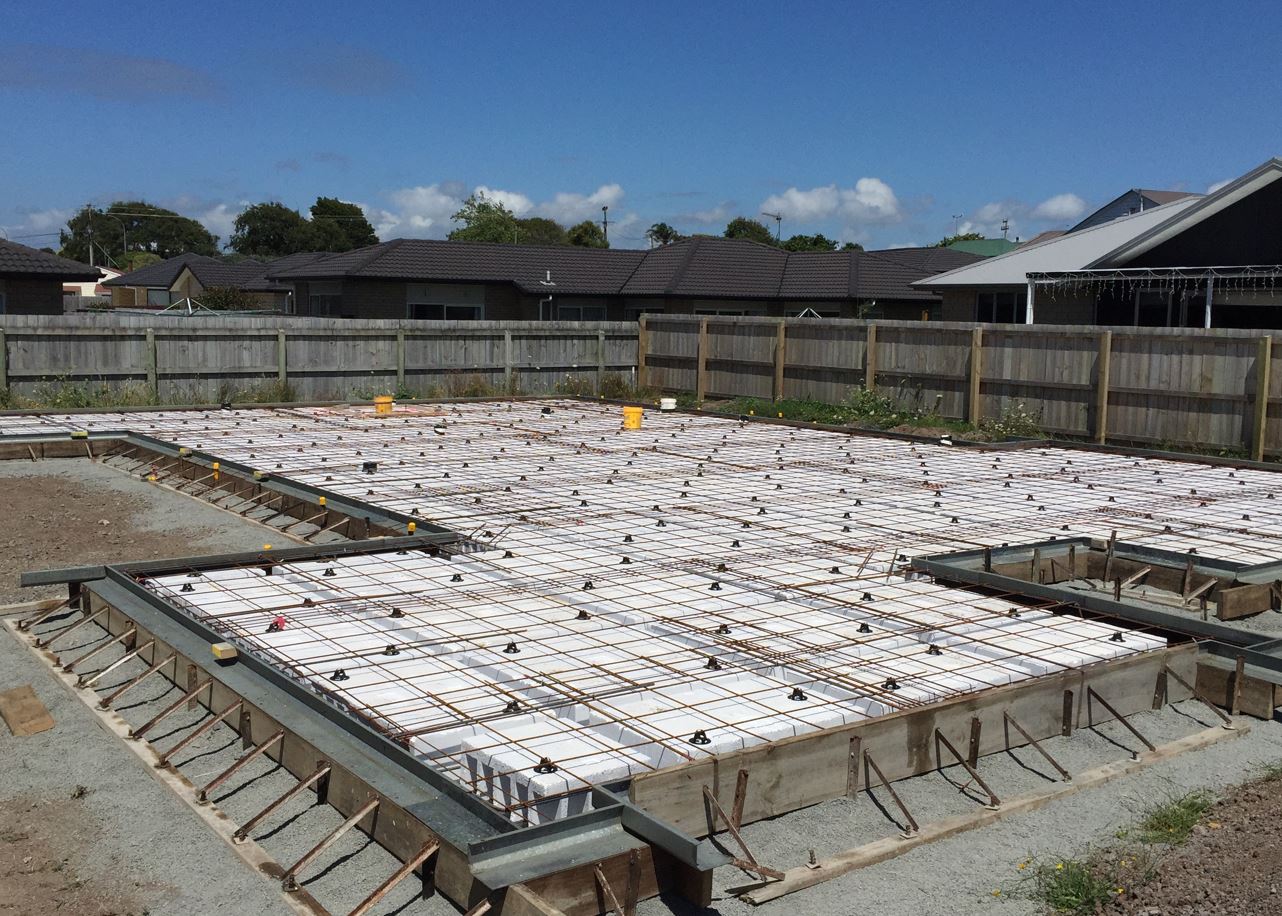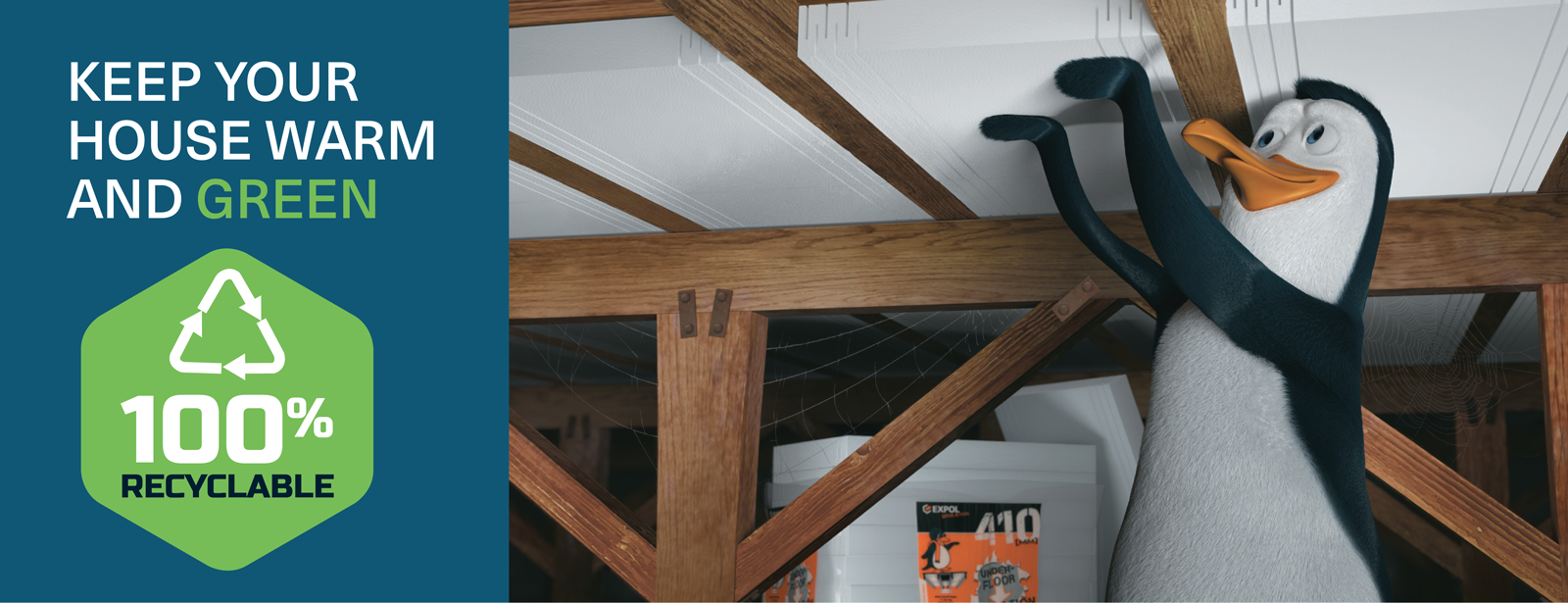As we experience the hottest summer in years, a critical debate is unfolding around New…

New rules spark insulation innovation
Building sector adapts to tougher H1 code with smart solutions.
New Zealand’s building industry is undergoing significant changes with the introduction of tougher insulation requirements under the updated H1 Building Code. These new rules, designed to improve energy efficiency and sustainability, are prompting builders and manufacturers to rethink their practices and develop innovative solutions.
“The new H1 standards require more thought in the insulation process due to the perimeter-to-area ratio,” says Wayne Watson, EXPOL’s Technical Sales Manager. “Different house designs, even with the same floor area, will need different insulation.”
Previously, insulation for concrete floors was only required if the floor was heated. Now, every concrete slab must be insulated, whether it’s heated or not.
As the country’s largest manufacturer of polystyrene insulation, EXPOL has responded by stepping up its research and development efforts. It has introduced new engineered floor and slab insulation products, such as SLABX200, along with an online Floor/Slab Insulation Calculator to help professionals choose the right materials for their projects.
“We’ve done a lot of thermal engineering on different products and orientations,” Watson explains. “Architects can now use our tables to find the best product combination for their designs without needing to hire a thermal engineer for each project.”
Stricter insulation standards
The updated Building Code has increased minimum R-values, which measure how well insulation retains heat. For homes under 300 sq m, the new R-values are:
- Roof insulation: R6.6
- Wall insulation: R2.0
- Concrete slab insulation: R1.5 – R1.7; heated slabs R2.5 – R.30
- Timber floor insulation: R2.5 – R3.0
These updates aim to reduce home heating costs by about 40%. The number of climate zones has also increased from three to six, allowing for more tailored requirements based on regional climates. Larger buildings could see energy savings of up to 23% in heating and cooling.
Reactions and challenges
Some builders have expressed concerns over increased costs, while others view the new standards as an opportunity for innovation.
“It’s been a learning curve, but it’s worth it. We’re building homes that will be comfortable for generations,” says Fraser Gates, owner of Homegrown Builders in Auckland.
“These changes mark a huge step forward in making homes more energy-efficient,” adds Watson. “We’re developing products that not only meet the new standards but go beyond them, ensuring long-term durability.”
EXPOL’s efficiency and sustainability efforts
In response to the new rules, EXPOL has introduced a range of insulation products that can reduce heat loss from concrete floors by up to 10%, significantly improving energy efficiency in homes.
EXPOL’s premium product, SLABX200, is engineered with higher compressive strength. “It’s not just for high-performance projects; it’s essential for meeting the standards and is now suitable for everyday homes,” Watson explains.
EXPOL’s system involves laying SLABX200 under the pod floors, followed by the ThermaSlab Edge around the perimeter after the concrete cures. “This provides full insulation coverage – bottom, inside, and edges of the slab,” says Watson.
Beyond product innovation, EXPOL is committed to sustainability, recycling 500 tonnes of polystyrene waste annually. The company’s online Floor/Slab Insulation Calculator helps builders, architects, and engineers choose the right materials to meet the new insulation standards.
“The calculator has made things easier,” says Watson. “Architects and others can input their floor design and get exactly what products they need. It saves time and money by reducing the need for additional thermal engineering.”
Gates agrees: “That tool has been a game-changer. Anything that simplifies compliance and gets us to the right solution faster is invaluable.”
Looking ahead
While some worry the standards could be revised, most in the industry remain focused on the long-term benefits. Building and Construction Minister Chris Penk has hinted at a possible review of the standards because of concerns about housing affordability, but many experts warn that rolling back the changes could undo significant progress.
“There’s talk of revising the insulation rules, but removing the requirement for concrete floors to be insulated would be a big mistake. You can’t go back and insulate a slab once it’s poured,” warns Watson.
“These new standards have raised the bar, but ultimately, it’s about building homes that are not only comfortable but built to last,” says Gates.
EXPOL is committed to continued innovation, says Watson. “Every step we take toward better insulation is a step toward a more sustainable future. We’re not just building homes; we’re building a legacy for future generations.”
For more information about EXPOL’s product range and to use the insulation calculator, visit expol.co.nz.



